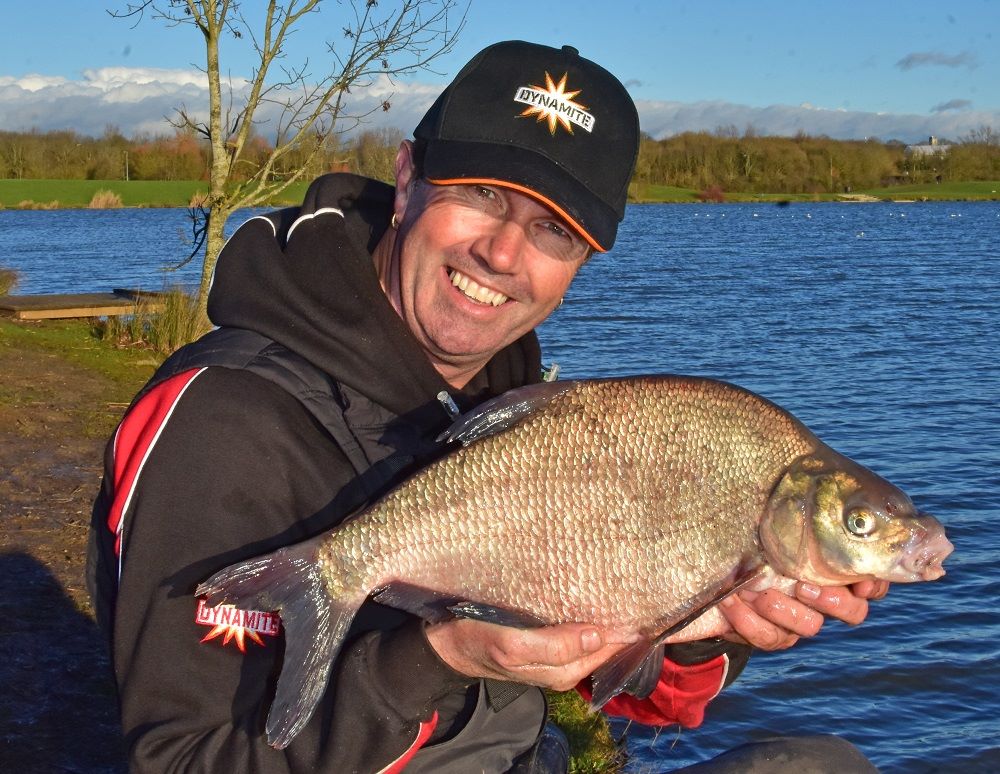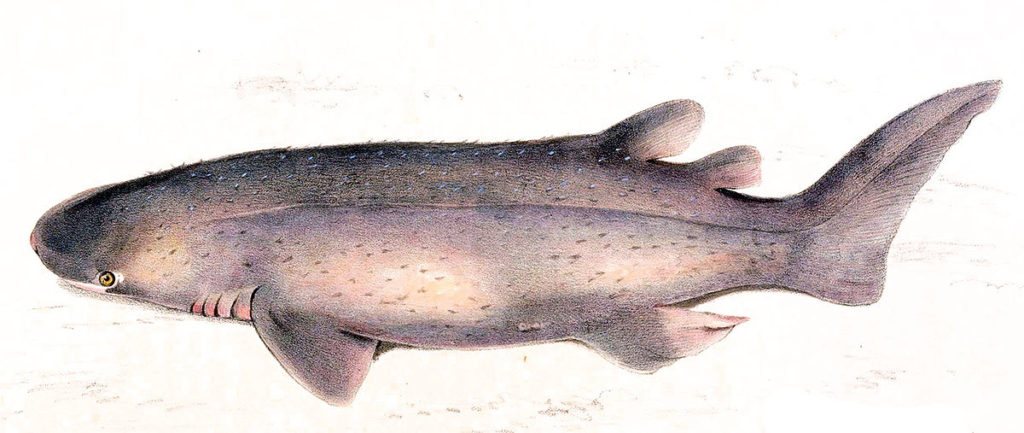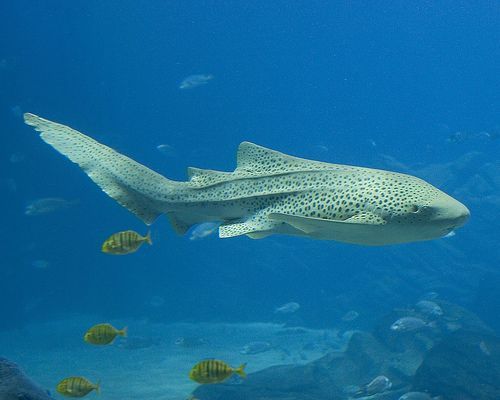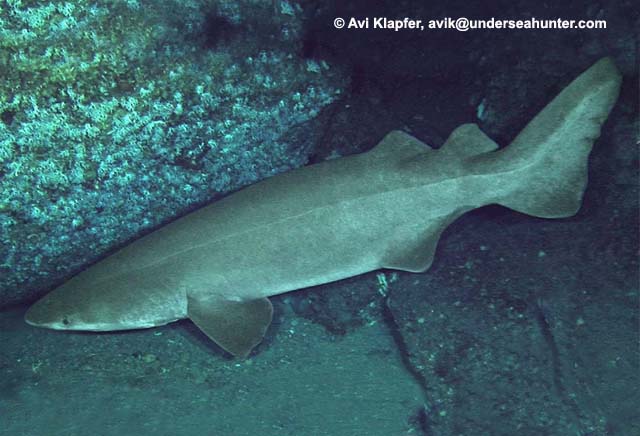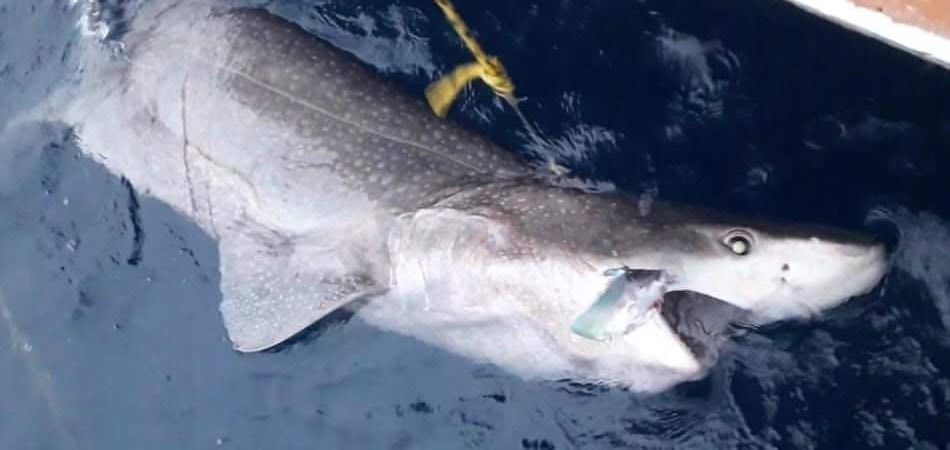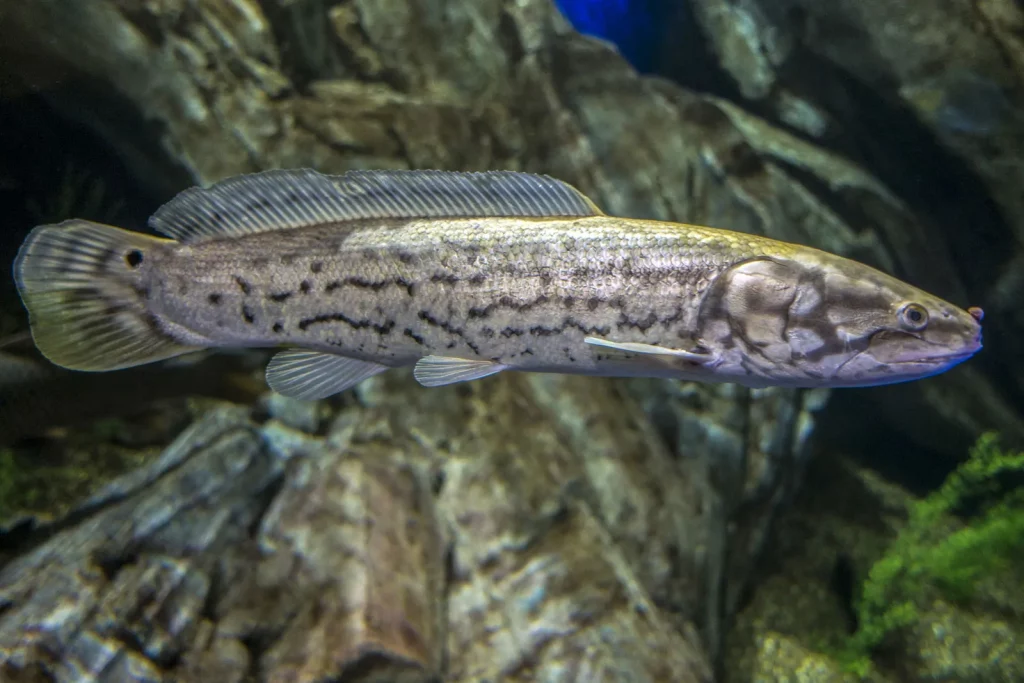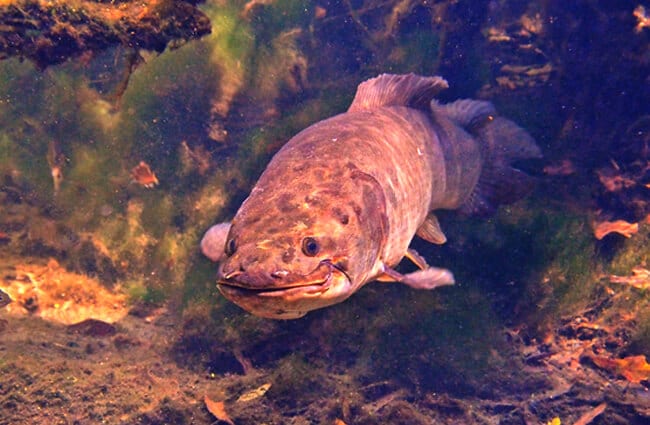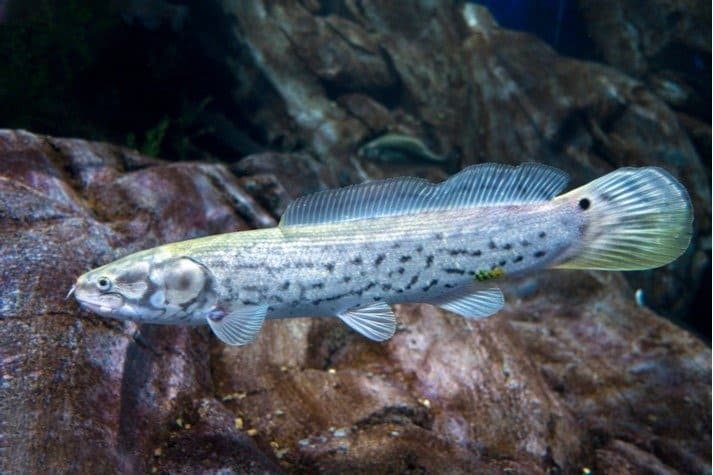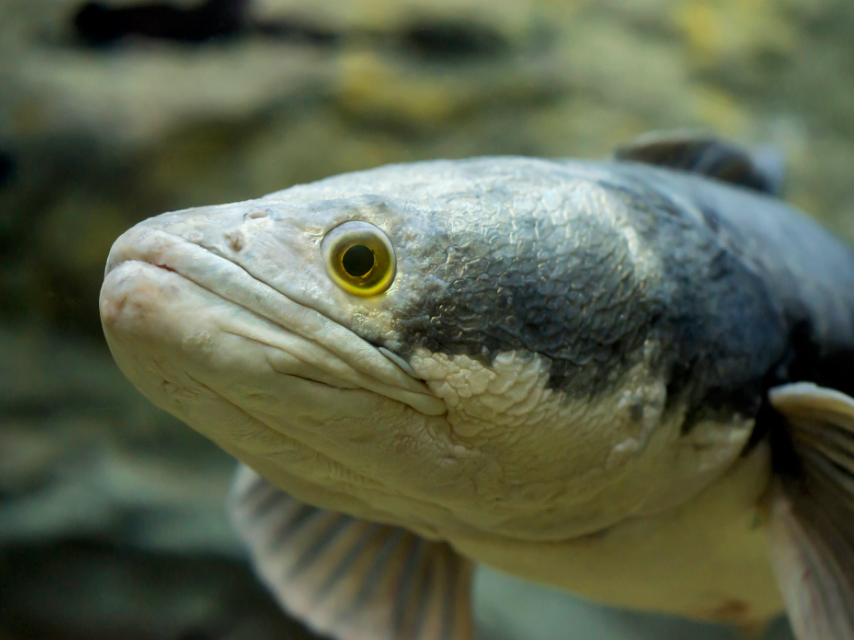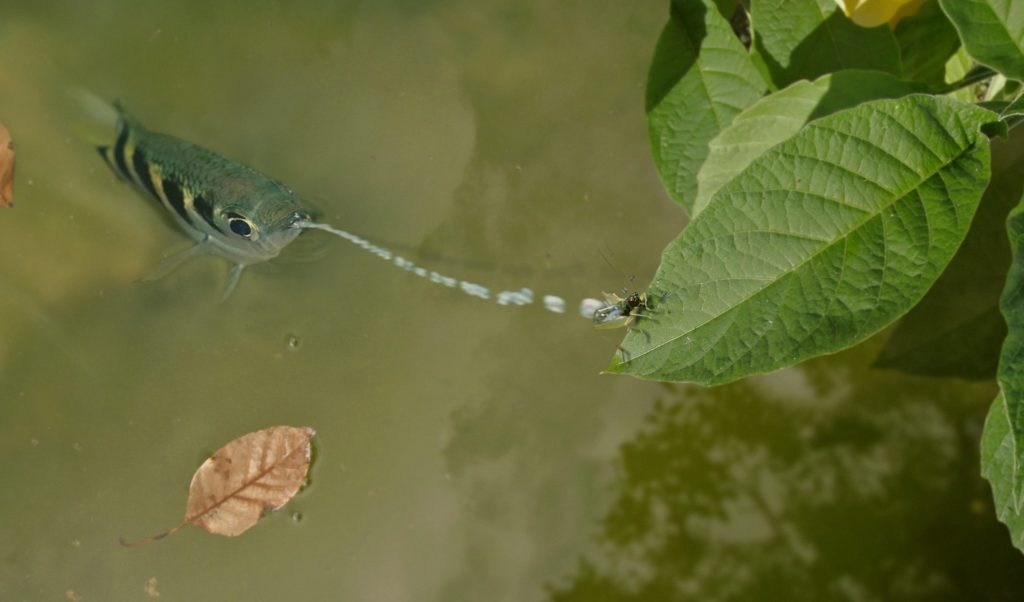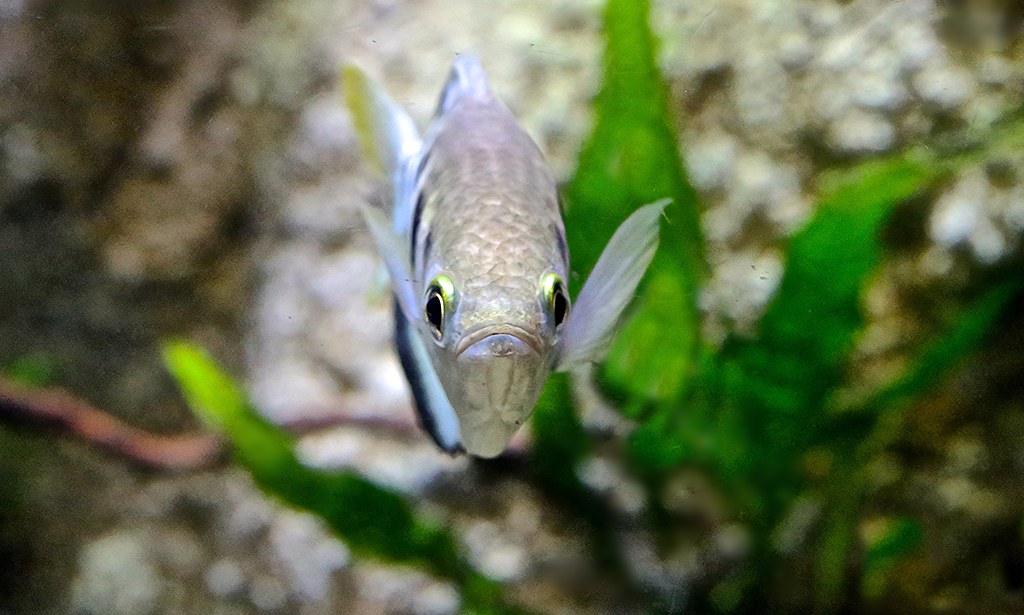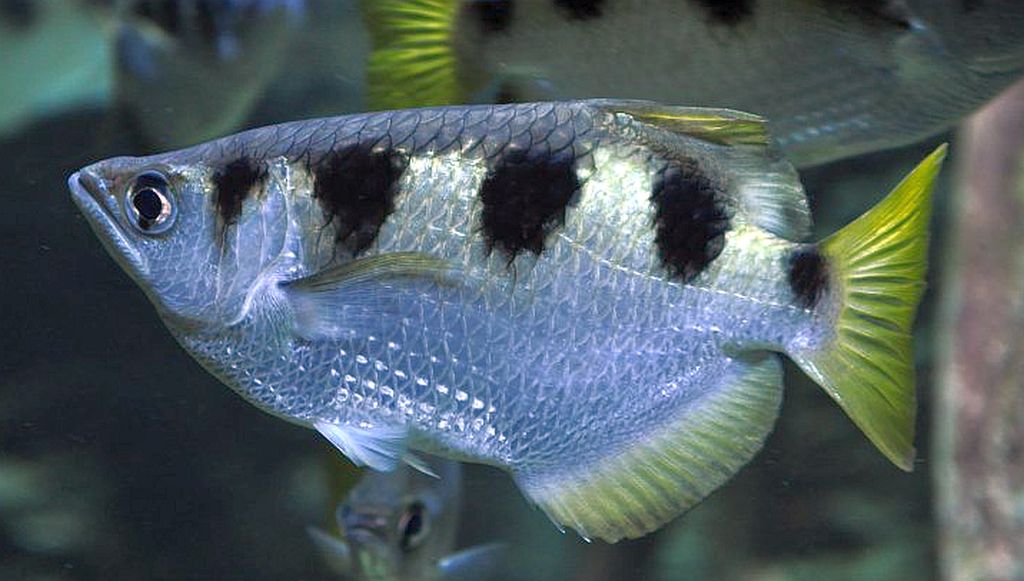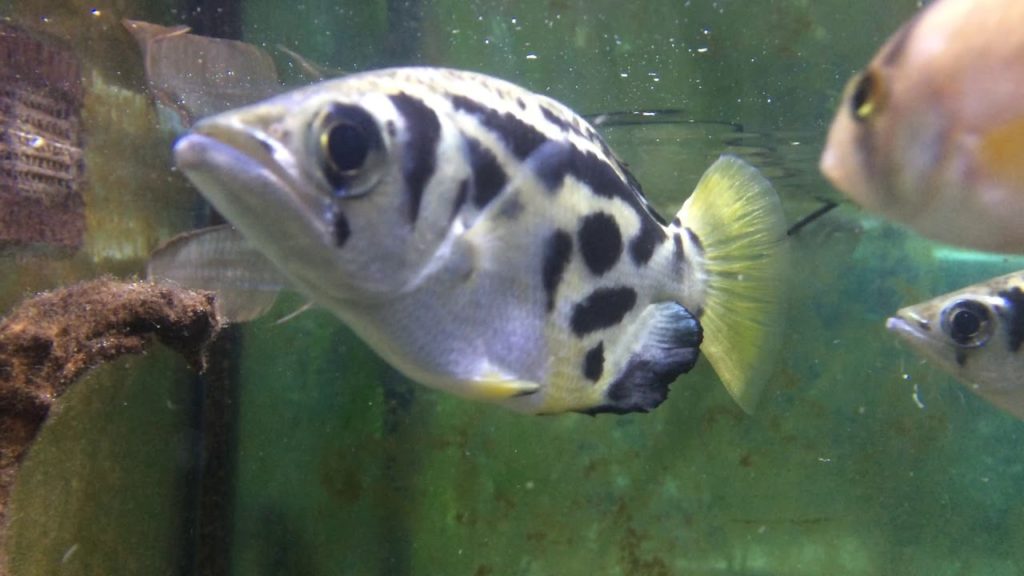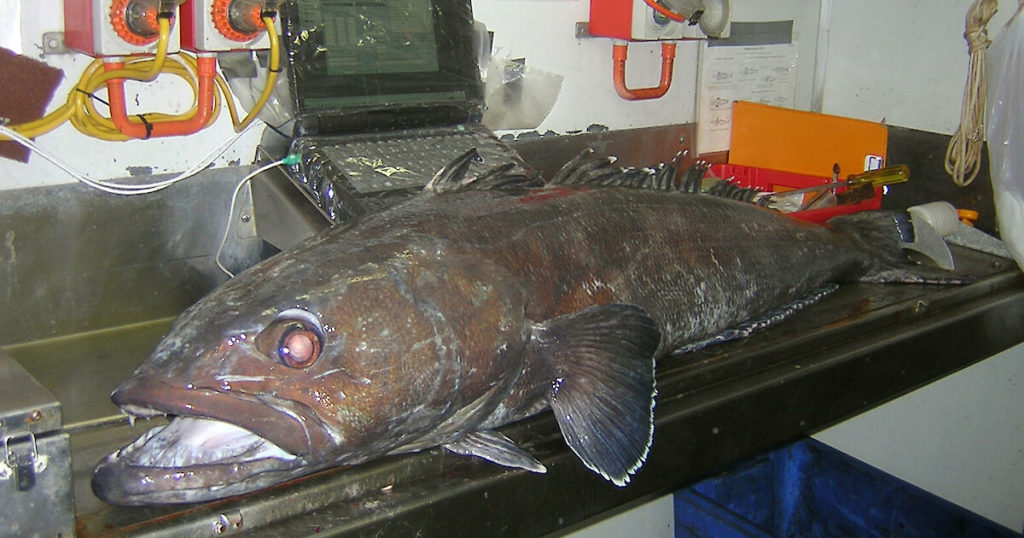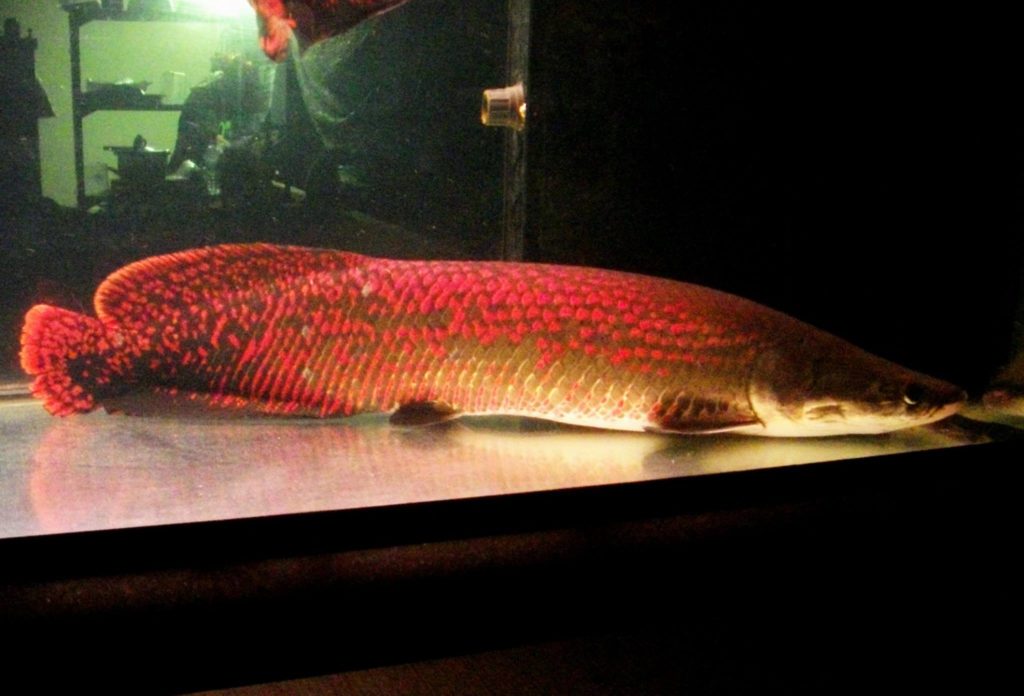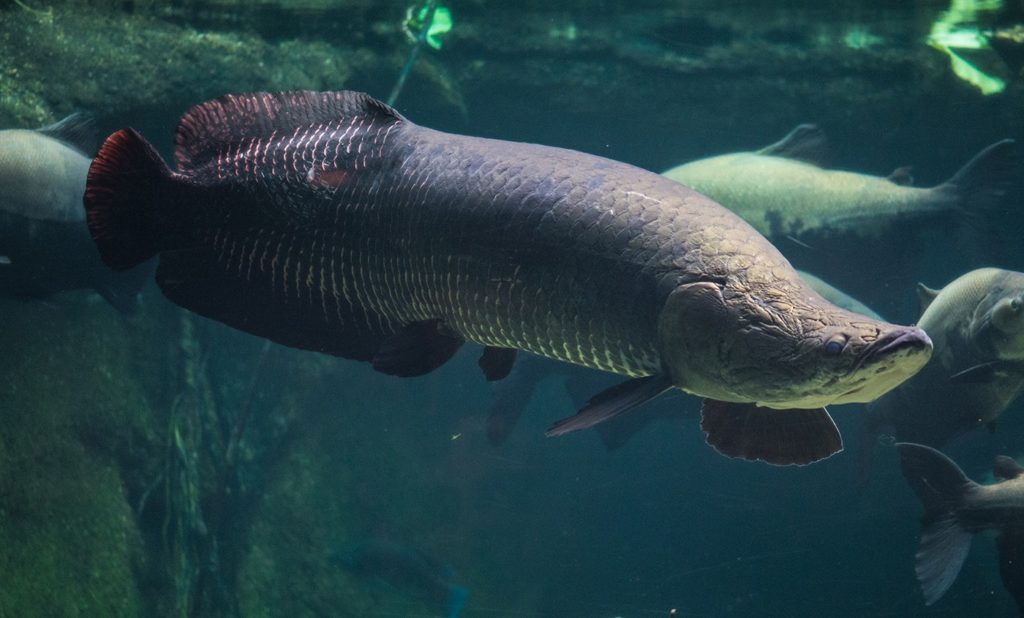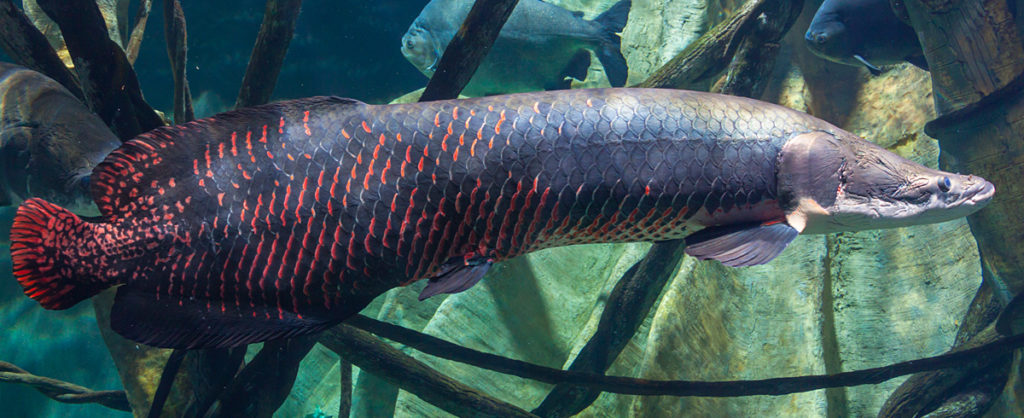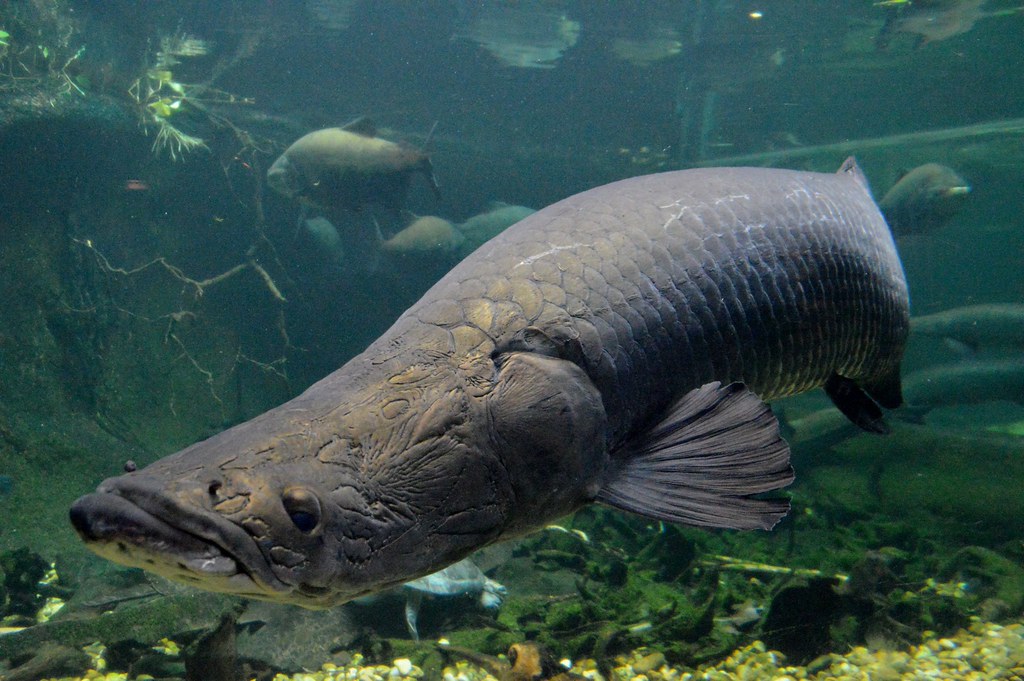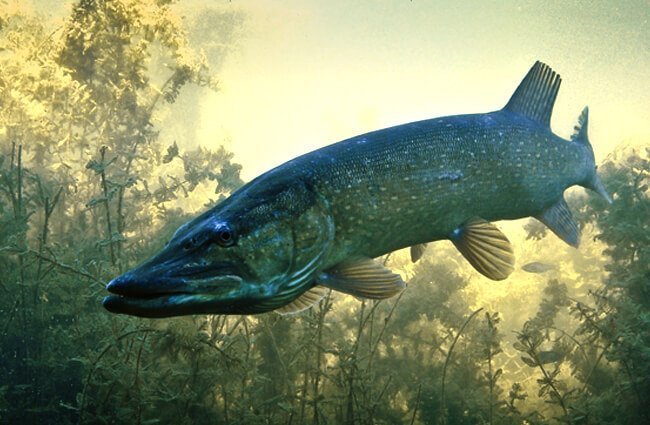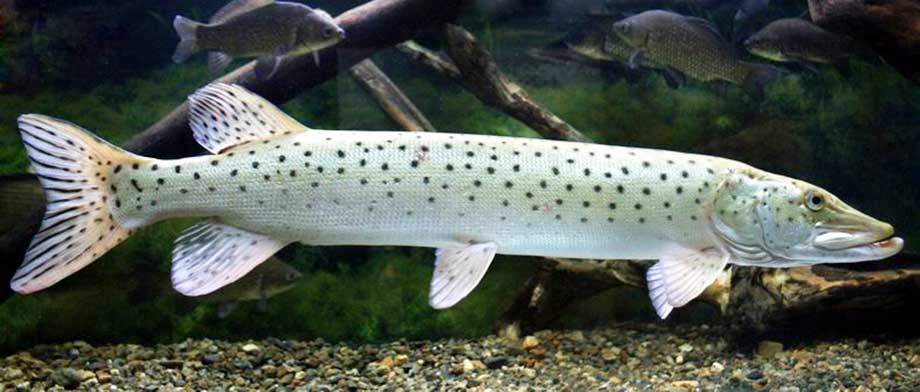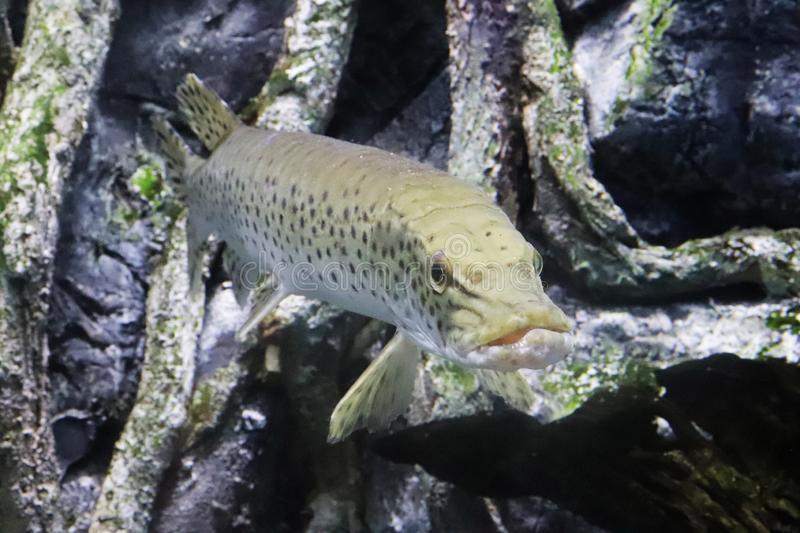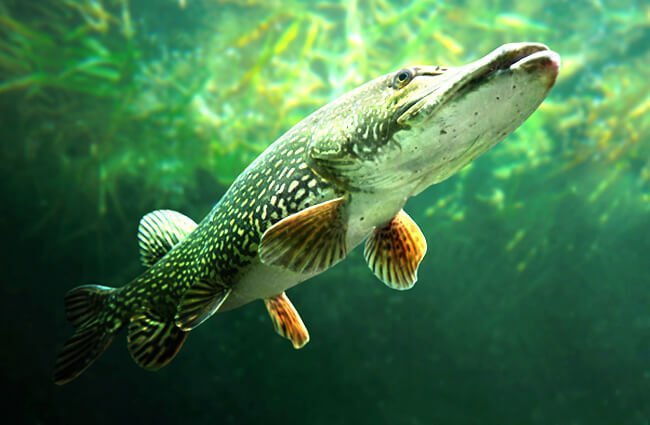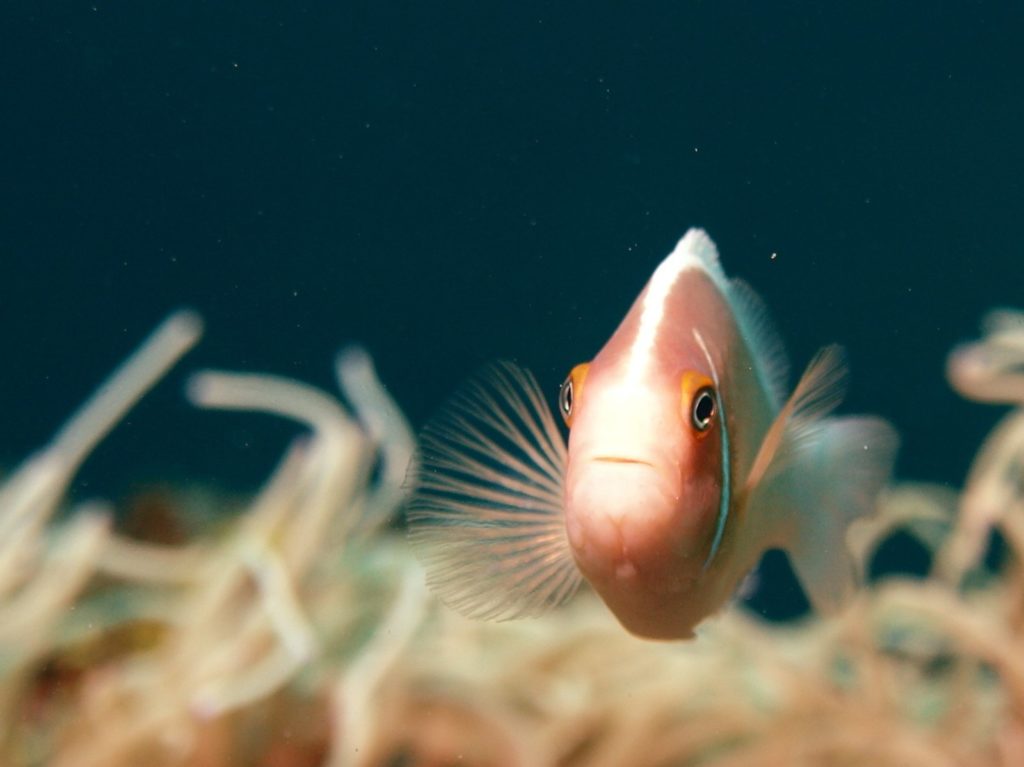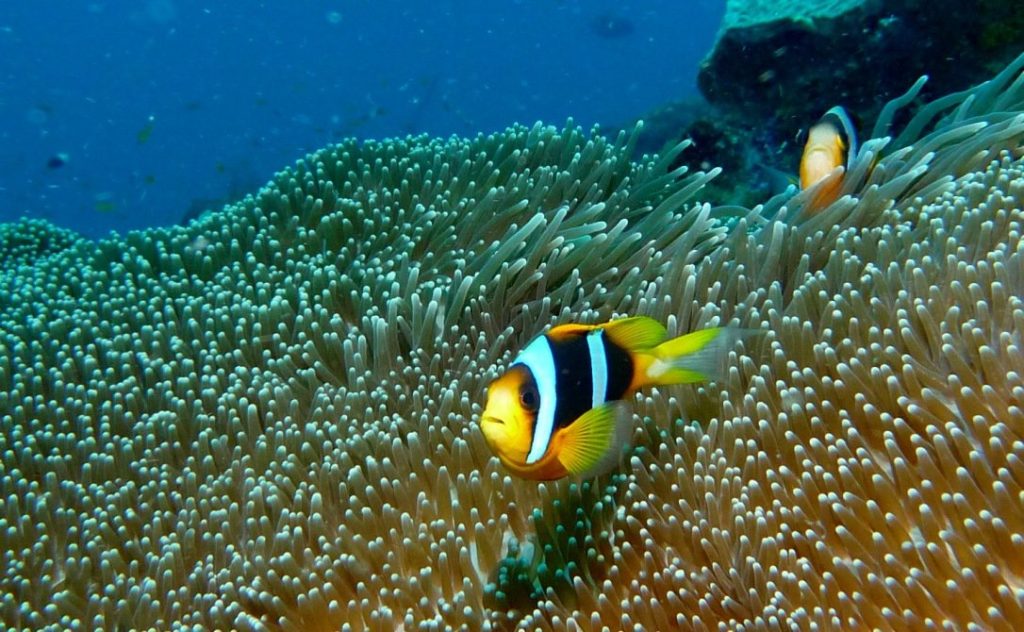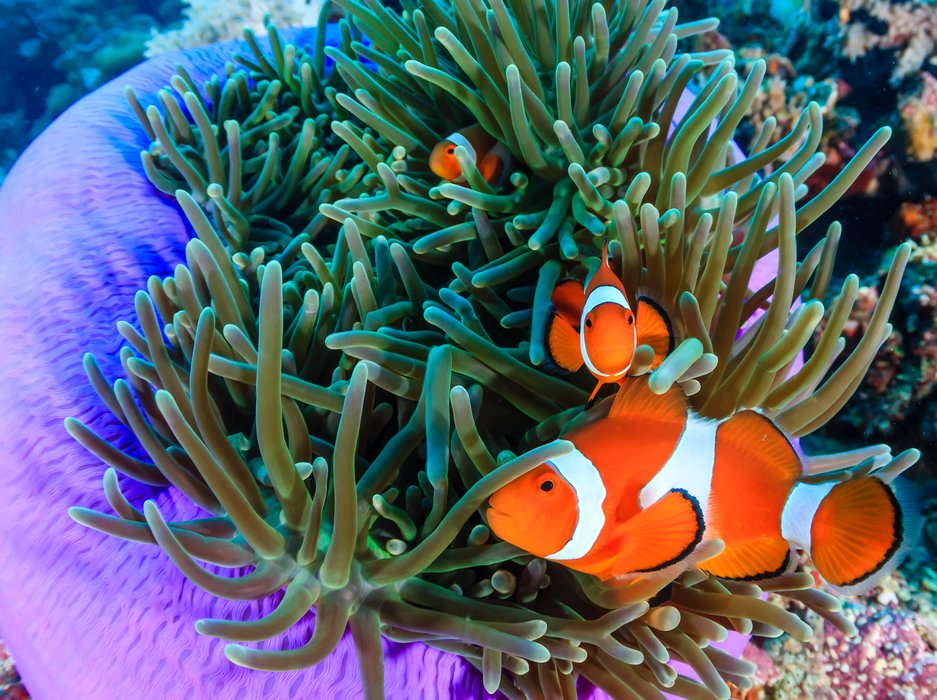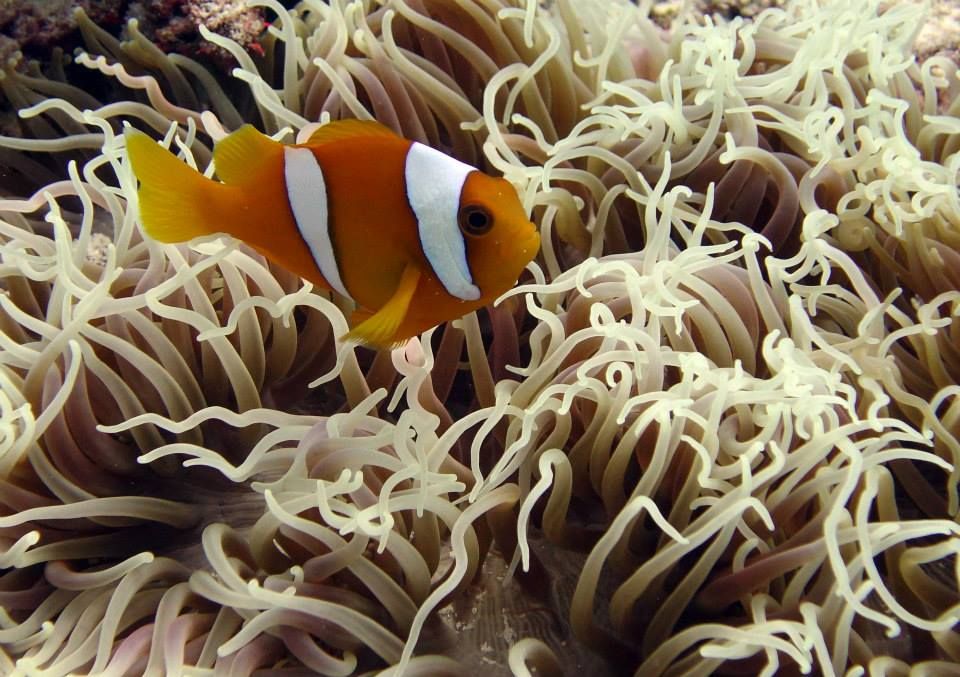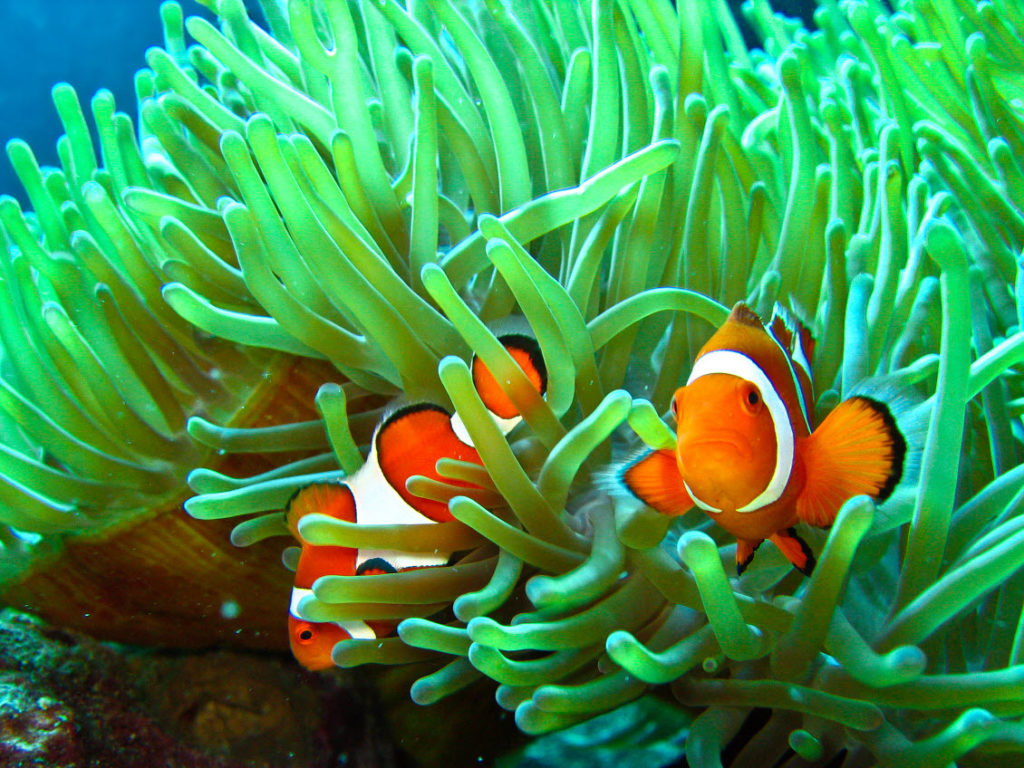Bream Fish Species are freshwater and marine fish that belong to the genus Abramis (common bream), Acanthopagrus, Argyrops, Blicca, Brama, Chilotilapia, Etelis, Lepomis, Gymnocranius, Lethrinus, Nemipterus, Pharyngochromis, Rhabdosargus, Scolopsis, or Serranochromis.
Although all of these genera have species that are named “bream,” the term does not indicate that they are all related. They are narrow-bodied, deep-bodied fish. The name is derived from the Middle English word breme, which is derived from the Old French word breme. Gilt-head bream (Sparus aurata), (orata in Italy, dorada in Spain), porgies (both family Sparidae), and pomfrets (family Bramidae) are all called sea bream.
The marine sparid fishes include sea bream. Porgies are a member of the Sparidae family. The silver bream (Blicca bjoorkna) is a European relative of this species that is relatively minor. The golden shiner, a minnow, and the sea breams of the family Sparidae are also known as bream.
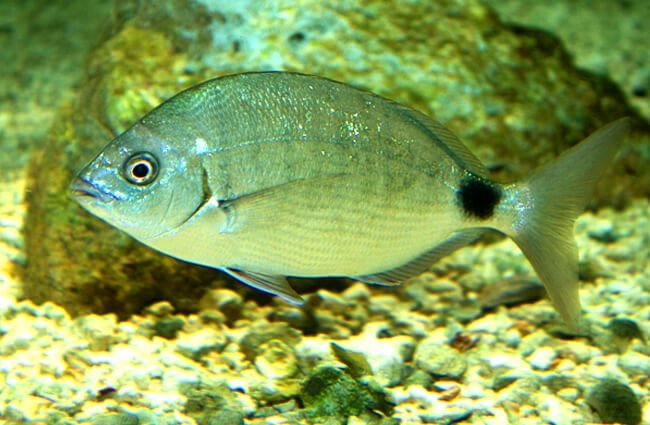
Bream Fish Distribution and Habitat
Depending on the species, it can be found in oceans all over the world and in a variety of water temperatures. Bream Fish Species are well-known as food fish in many cultures due to their extensive range. Black, Black Banded, Red, Pink, White, Yellowfin, Theadfin, Gilthead, and Ray’s Bream, as well as Pagre, Porgy, and Dentex, are some of the varieties.
There are several species of this breed found in the western Atlantic, off the shores of the United States, and in the Caribbean. The sheepshead (archosargus rhomboidalis) and the western Atlantic sea bream (archosargus rhomboidalis) are two examples. Both love subtropical waters and tend to congregate in areas with abundant cover, such as reefs and under bridge pilings.
Bream Fish Body Characteristics
- Silvery with a bluish or brown back, it has a deep body, flat sides, and a small head.
- The length is normally 30–50 cm (12–20 inches), and the weight is usually 6 kg (13 pounds).
- The Bream Fish Species have different characteristics that make them easily distinguishable.
- They have a relatively flat body. When viewed in profile, the line from the dorsal area to the front of the fish lowers very quickly, giving the face a flattened appearance.
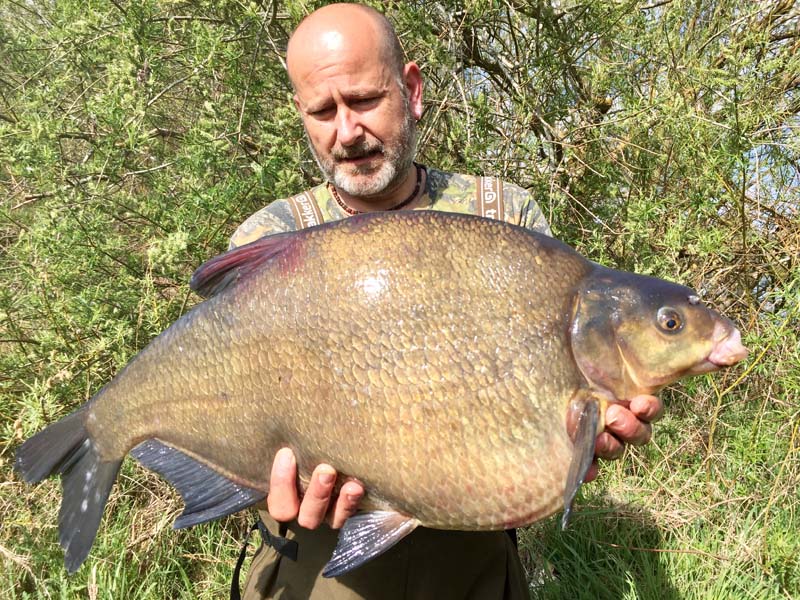
Color varies greatly between species, owing to factors such as water type and environment. This breed, for example, tends to appear darker in brackish environments, with colors of black and gray to assist the fish blend in with its surroundings. Some fish have a vivid red appearance in other locations, demonstrating how diverse the family can be. Many of them have large, flat front teeth that are good for crushing tiny crabs and clams.
The European seabream is perhaps the most well-known of the seabream species (Pagellus centrodontus). The color of this fish is mostly silver, however, it can also be red or yellow depending on the individual. It is a temperate-water fish that prefers water that is cool but not too cold. It is widely found in the oceans surrounding Europe.
Bream Fish Diet
Worms, mollusks, and other small animals are eaten by the bream, and they live in schools.
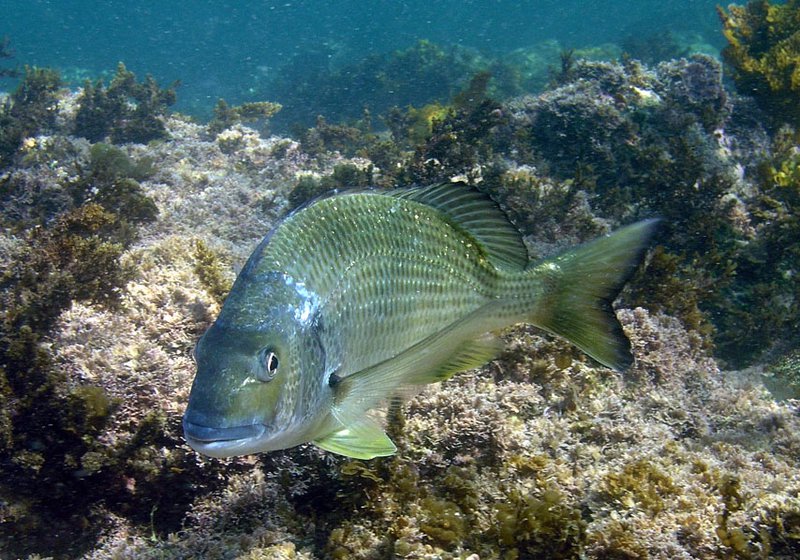
Bream Fish Uses
Bream (Abramis brama), is a widespread European food and game fish belonging to the Cyprinidae family of carps found in lakes and slow rivers. They are prized for their mild, white meat, which is considered to be among the best of any white meat fish. The Gilthead is the most popular and highly respected of the sea bream also known as Royal.
Gilthead was devoted to Aphrodite, the goddess of love, beauty, and sexual pleasure, according to Greek mythology! Giltheads are beautiful fish with bright silvery skin and flashes of pink and gold. They are successfully farmed in the Mediterranean and are available all year.
RECOMMENDED ARTICLES
- Bramble Shark Fish Species: Characteristics, Habitat And Spawning
- Small-Scale Catfish Farming Business Plan And The Ideal
- Small-Scale Fish Farming Business Plan And The Ideal
- Yellow Boxfish Species- Characteristics, Habitat, And Spawning
- Standard Catfish Business Plan For Beginners And 2 Detailed Challenges
If you like, please share it. sharing is usually caring.

